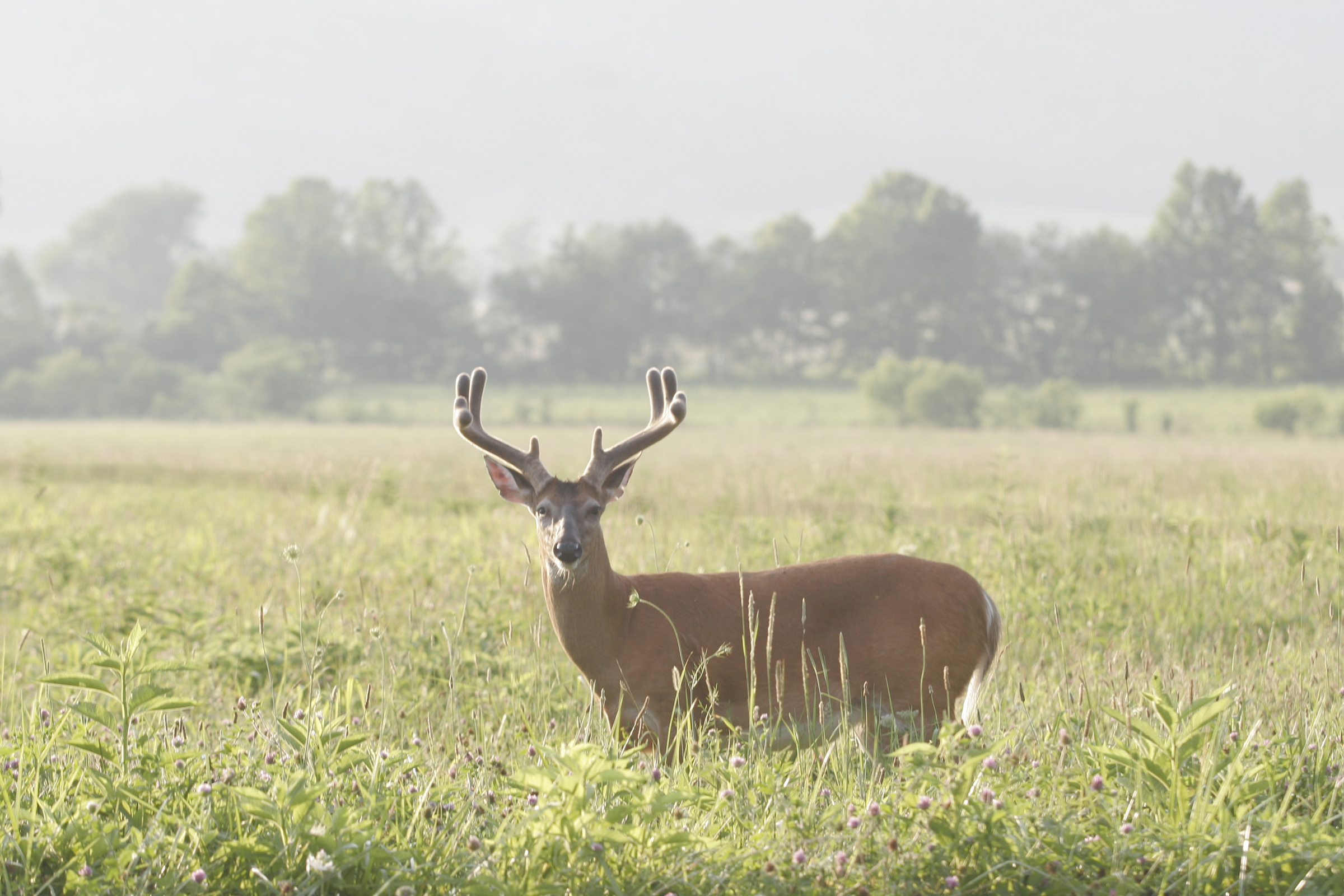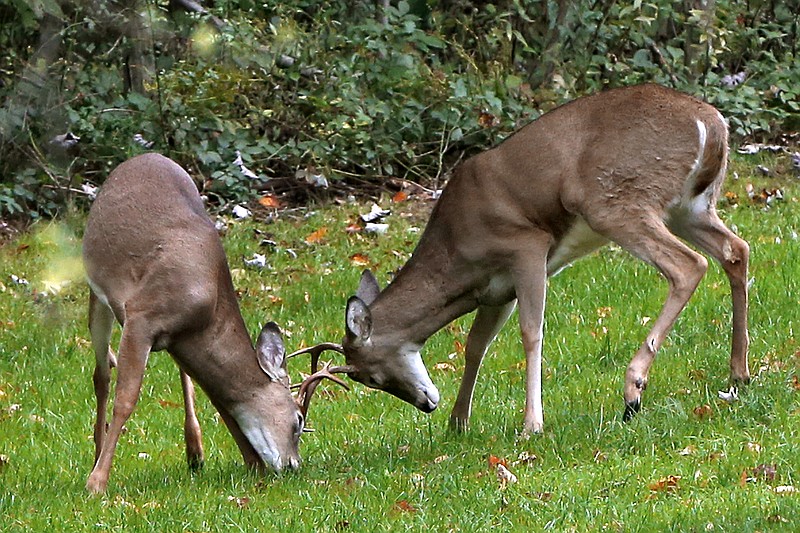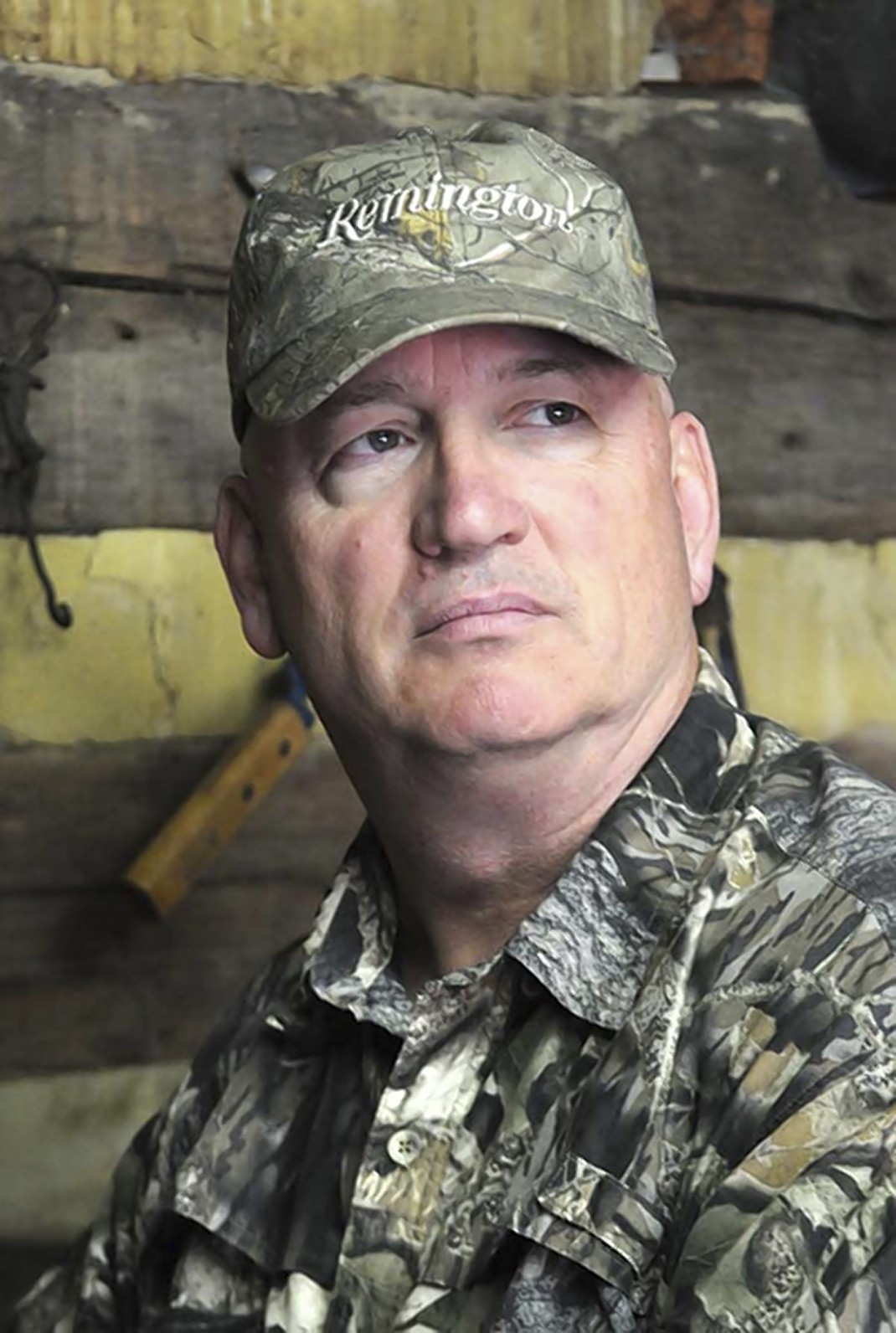Well, I am not sure how we got here so fast, but here we are again in early fall. For all of our deer hunters, this means the yearly obsession with the rut.
For those of you who don't follow such things but may be curious about the bizarre behavior of us hunters, the rut is the mating season of the deer family, and it greatly affects the behavior and activity of the deer tribe (and those who hunt them).
Loyal followers of "Guns & Cornbread" (I think there are five of you now) will recall that we have talked about the rut here before, but we need to discuss this again. As your humble outdoors and guns scribe, I see it as my job to inform both the hardcore deer hunters out there and those who may be family and friends of these hunters. Those associated with mad-dog deer hunters during the rut may welcome any explanation of the crazy behavior of deer (and the hunters) at this time.
Yes, it is called the rut, and basically that is the mating season for members of the deer family, Cervidae: They are hoofed mammals, they are ruminants (have four-part stomachs), and the males grow antlers (not horns) every year that drop off after the mating season before the growing process starts all over again. Besides the whitetail deer, some of the other members of this family are caribou, elk, fallow, mule deer, moose and red deer.
During the rut, male deer display many bizarre behaviors that include rubbing antlers on trees, wallowing in mud and dust, sparring and fighting with other male deer, and herding females together. (Much like 20-to-30-year-old male humans on a Saturday night in a bar.)
Deer hunters know the rut is the best time to take a big buck deer. Like 2-year-old turkey gobblers (and again, many human males), the wariest old buck will throw caution out the window during mating season - so hunters want to be out there on a stand during the peak of the rut. Many will sacrifice job security and any form of marital bliss they may have had to be in the woods at this time.
Although it is dependent on your geographical area as to when the peak of the rut happens (and the best time to deer hunt), most hunters will agree this happens in early to mid-November. This timing is very important as we will discuss here in a minute. An exception to this time period would be in the Deep South, where hunters report a rut occurring as late as January in Alabama and Mississippi.
 Staff file photo / A buck deer grazes in a field along Cades Cove Loop Road in Cades Cove, Tenn. Among the things that add to the prestige of a deer kill for hunters is the size of its antlers, along with their number of points and arrangement. The mating season known as the rut is a coveted time for hunters to take to the woods and increase their chances for taking a buck.
Staff file photo / A buck deer grazes in a field along Cades Cove Loop Road in Cades Cove, Tenn. Among the things that add to the prestige of a deer kill for hunters is the size of its antlers, along with their number of points and arrangement. The mating season known as the rut is a coveted time for hunters to take to the woods and increase their chances for taking a buck.Now about this timing thing: Predicting and declaring which actual day or two during the rut will be the absolute best for such frenzied buck activity has become quite a craze in the deer hunting world. Deer experts and outdoors writers (not necessarily the same thing) go to great lengths to pin down the exact day for the blessed event.
About now, all of the outdoors and hunting magazines, websites, blogs and podcasts will start featuring stories about the best days of the rut to hunt. They will be very specific and say something to this effect: "Oct. 31 and Nov. 7, 15, and 24 are the absolute best days of the rut. Do everything you can to be in the woods on these days; don't let work, family events or anything else keep you from hunting on these dates, as this is when the big bucks will appear." Some may make a bold, rock solid prophecy on one single day, something such as: "Be in the woods on Nov. 9, or sell all your gear and quit deer hunting."
Many deer hunters will take all this as gospel and will abandon all to climb up in a tree on these dates. Some will lose jobs for missed work and suffer all kinds of domestic problems for missed birthdays, anniversaries, weddings, funerals and other minor (to them) events.
All of this to be in the woods to see a big, stinky buck deer run past them chasing a doe.
It's a deer hunter thing.
So how are these banner days for the rut discovered and predicted? How do the experts know? Well, I could say something mean, like "They don't." But in truth, some of these guys spend a lot of time studying deer and consulting weather, deer activity and kill records from past seasons. As I have told you before, it may be more related to daylight saving time, consulting what the woolly worm says and who wins the World Series.
Please don't take me having a little fun with the rut as being disrespectful to deer hunting and hunters. I know the rut is important. My observations on all this are probably rooted in the belief that we sometimes take things too seriously.
Tune in next time for an update on the status of coyotes, mountain lions and the ingredients of potted meat.
"Guns & Cornbread" is written by Larry Case, who lives in Fayette County, W.Va. You can write to him at larryocase3@gmail.com.

